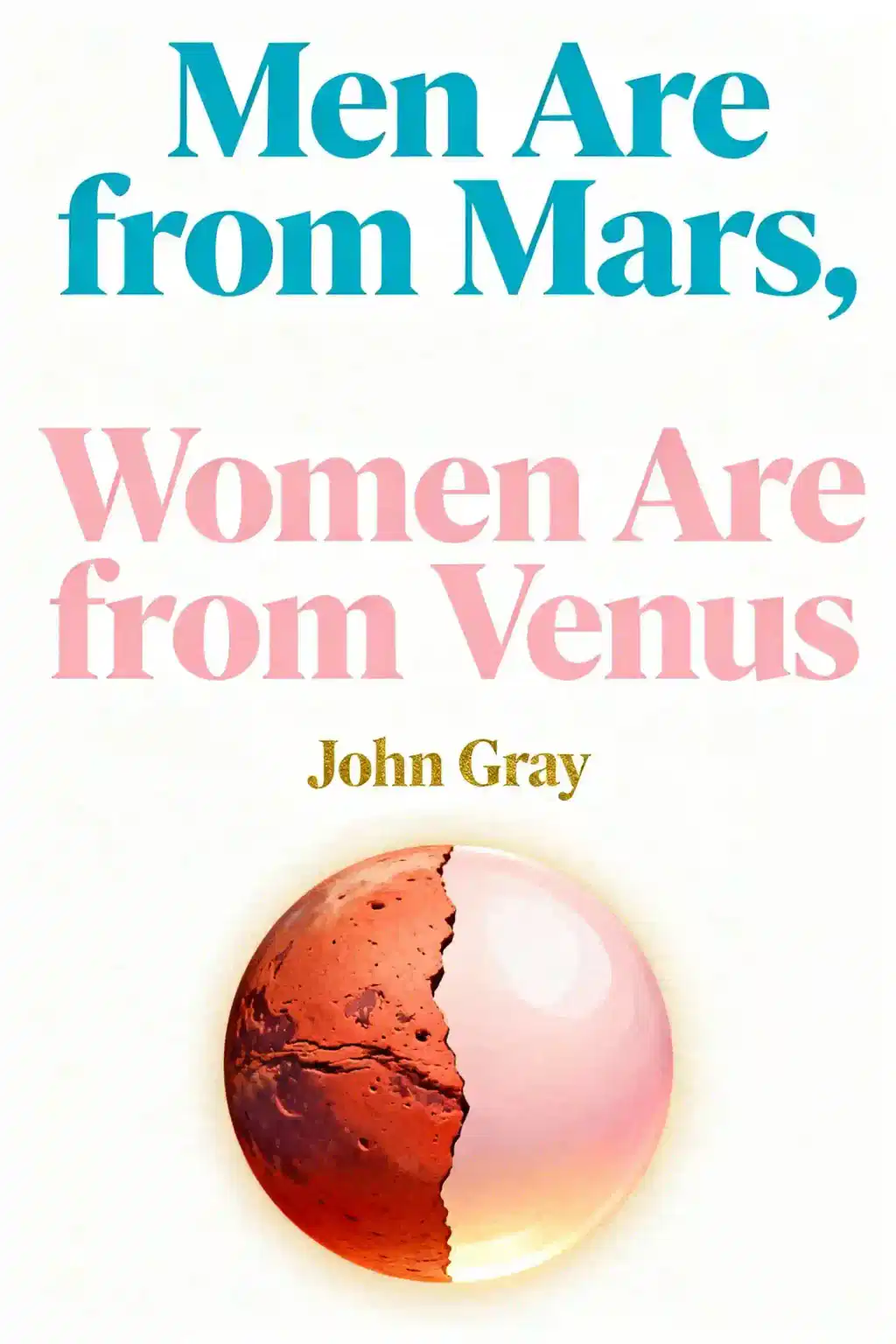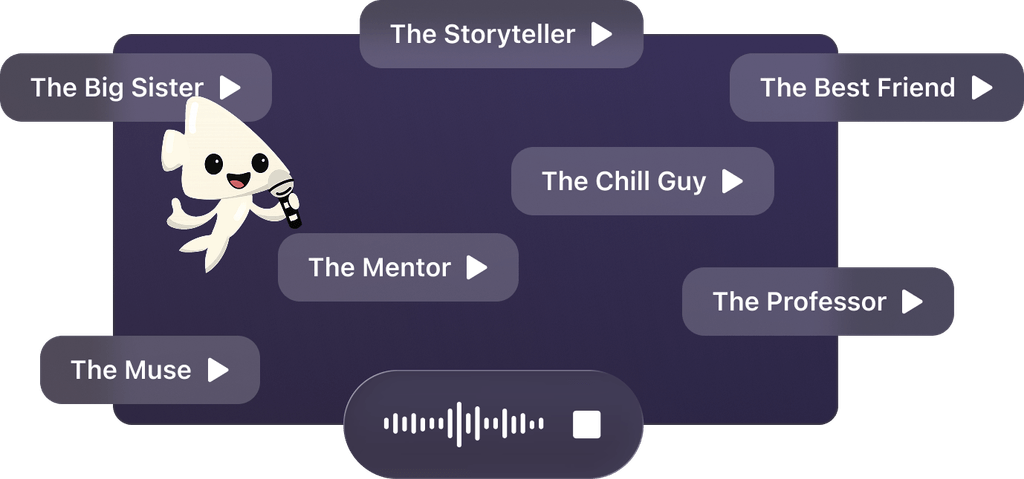What is
Men Are from Mars, Women Are from Venus about?
Men Are from Mars, Women Are from Venus explores gender differences in communication and relationships through the metaphor of men (Martians) and women (Venusians) originating from distinct planets. John Gray argues misunderstandings arise because men prioritize autonomy and problem-solving, while women value emotional connection. The book offers strategies to bridge these gaps, such as recognizing men’s need for "cave time" and women’s desire for empathetic listening.
Who should read
Men Are from Mars, Women Are from Venus?
Couples seeking to improve communication, individuals struggling with relationship conflicts, or anyone interested in psychology-based gender dynamics. While criticized for heteronormative assumptions, its practical advice resonates with those navigating traditional male-female partnerships.
Is
Men Are from Mars, Women Are from Venus worth reading?
Yes, for its historical impact (over 15 million copies sold) and accessible frameworks, though readers should contextualize its 1992 publication date. Critics note oversimplified stereotypes, but its core message—prioritizing empathy for inherent differences—remains relevant.
What are the key concepts in
Men Are from Mars, Women Are from Venus?
- The Cave: Men retreat to process stress independently
- Rubber Band Theory: Men cycle between intimacy and autonomy
- Wave Dynamics: Women’s emotional states fluctuate like waves
- Scorekeeping: Women value small, consistent gestures over grand displays
How does John Gray explain communication differences?
Gray suggests men communicate to solve problems (“report talk”), while women use conversation to connect (“rapport talk”). For example, a wife venting about work seeks empathy, not solutions—a mismatch that sparks conflict if unaddressed.
What are criticisms of
Men Are from Mars, Women Are from Venus?
Critics argue it reinforces gender stereotypes, neglects LGBTQ+ relationships, and oversimplifies complex dynamics. The 2020s cultural shift toward fluid gender roles further challenges its binary Martian/Venusian framework.
How does
Men Are from Mars, Women Are from Venus compare to
The Five Love Languages?
Both focus on understanding partners’ needs, but Gray emphasizes gender differences, while Gary Chapman’s Love Languages centers on individualized expressions of affection. Gray’s approach is more prescriptive about male-female behavior.
What quotes define
Men Are from Mars, Women Are from Venus?
- “Men are like rubber bands—they pull away but inevitably return”
- “Women are like waves—their self-esteem rises and falls”
- “When Venusians are upset, they need to talk; Martians need to retreat”
Can
Men Are from Mars, Women Are from Venus improve workplace communication?
Yes. Gray’s insights apply to professional settings: recognizing colleagues’ communication styles (solution-focused vs. collaborative) can reduce misunderstandings. However, avoid rigid gender assumptions in modern, diverse teams.
What metaphors does John Gray use in the book?
The Mars/Venus allegory symbolizes innate differences, while amnesia represents society’s failure to acknowledge these divergences. Gray also uses “caves” (male solitude) and “wells” (female emotional depth) as spatial metaphors.
How does
Men Are from Mars, Women Are from Venus address conflict resolution?
Gray advises:
- Men: Listen without fixing.
- Women: Avoid overwhelming partners with unsolicited advice.
- Both: Use “I feel” statements instead of blame
Why is
Men Are from Mars, Women Are from Venus still popular today?
Despite dated elements, its humor, relatable anecdotes, and actionable tips sustain relevance. Modern adaptations, like stage shows blending Gray’s theories with comedy, keep it in pop culture.
What updates does
Men Are from Mars, Women Are from Venus need for 2025?
A revised edition could address nonbinary relationships, digital communication challenges (texting, social media), and post-#MeToo dynamics while retaining its core empathy-focused message.




















